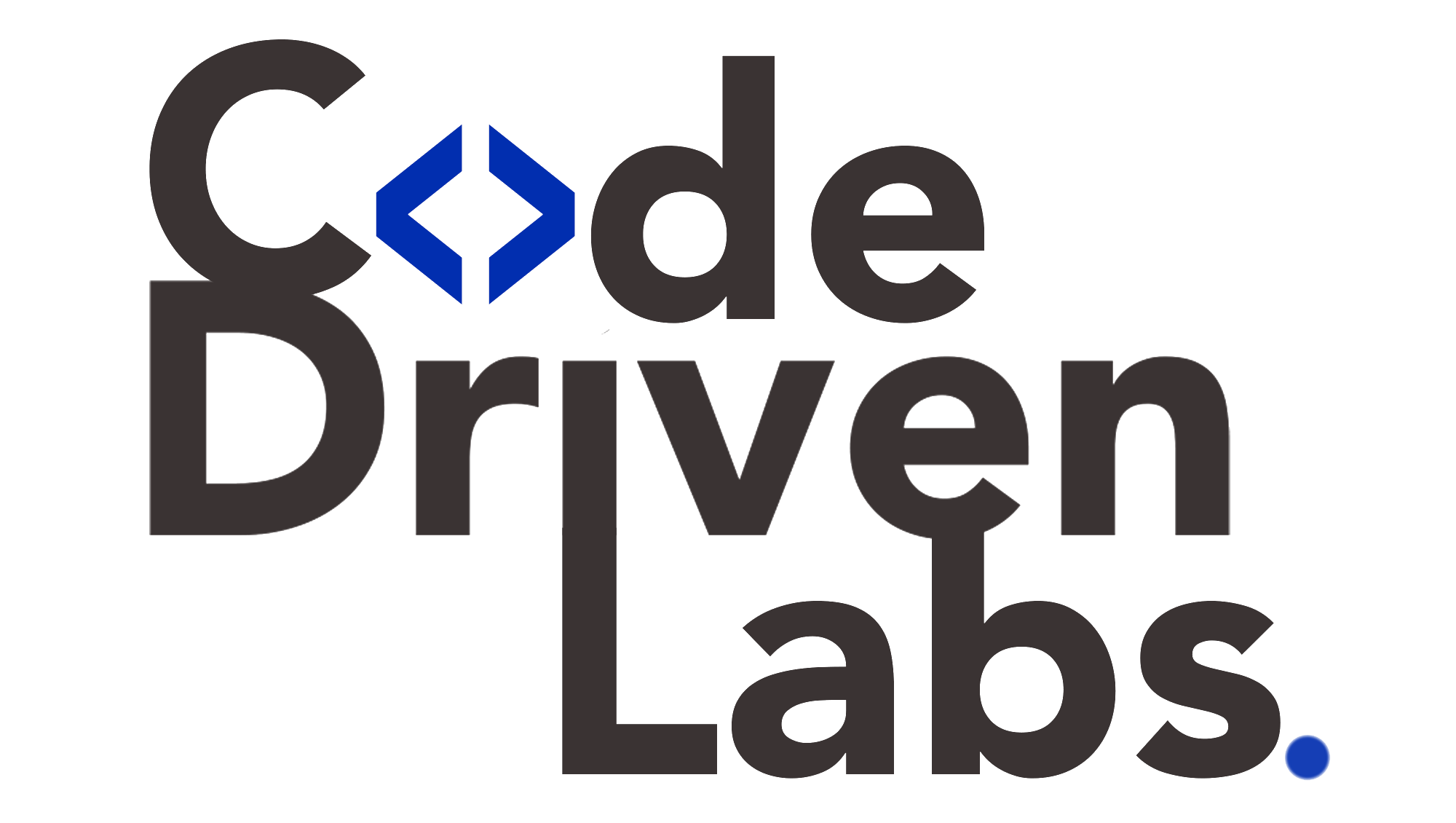Level up your business with US.
- Home
- Open-Source vs Commercial Tools for Data Science Services
Open-Source vs Commercial Tools for Data Science Services
June 23, 2025 - Blog
Open-Source vs Commercial Tools for Data Science Services
Data science has become a strategic enabler for businesses aiming to extract insights, enhance decision-making, and stay competitive. Whether it’s predictive modeling, machine learning, or data visualization, tools are essential to building and deploying data-driven solutions. However, with a growing array of options, businesses often face the dilemma: should they adopt open-source tools or invest in commercial data science platforms?
In this blog, we explore the strengths and limitations of both open-source and commercial tools for data science services and how Code Driven Labs helps organizations strike the right balance to meet their objectives.

Understanding the Two Toolsets
Open-source data science tools are typically developed and maintained by communities or nonprofit foundations. These tools are free to use, highly customizable, and constantly evolving thanks to global collaboration. Popular examples include Python, R, Jupyter, Apache Spark, TensorFlow, and Scikit-learn.
Commercial tools are developed by companies offering enterprise-grade solutions, typically via licenses or subscriptions. These platforms often bundle features like user support, advanced analytics, collaboration, security, and automation. Examples include SAS, MATLAB, IBM SPSS, Microsoft Azure ML Studio, and DataRobot.
Advantages of Open-Source Tools
Cost-Effective The most obvious benefit is that open-source tools are free or low-cost, making them accessible for startups and academic institutions.
Flexibility and Customization Open-source tools offer complete transparency and control. Developers can modify the code, integrate custom libraries, and build highly tailored solutions.
Vibrant Community Support Tools like Python and R have massive global communities. This translates to active forums, open-access documentation, frequent updates, and a wealth of third-party packages.
Innovation and Early Adoption Many new data science techniques and frameworks are first released in open-source ecosystems. This gives users early access to cutting-edge capabilities.
Limitations of Open-Source Tools
Steep Learning Curve Many open-source platforms lack user-friendly interfaces and require advanced technical skills, which can be a barrier for business users.
Lack of Official Support Troubleshooting relies on community forums, and there is no guaranteed support. This can be a critical issue in time-sensitive or mission-critical projects.
Integration and Scalability Challenges Integrating open-source tools into enterprise workflows or scaling them across departments often requires custom engineering.
Advantages of Commercial Tools
Enterprise-Ready Features Commercial platforms offer built-in features for governance, security, version control, collaboration, and reporting, making them more suitable for regulated industries.
Professional Support and SLAs Dedicated support, service-level agreements (SLAs), and onboarding assistance provide peace of mind for organizations with limited in-house technical talent.
Ease of Use Many commercial platforms feature drag-and-drop interfaces, guided workflows, and built-in templates that reduce the learning curve.
Vendor Ecosystem and Integration Commercial tools often integrate well with other enterprise systems (e.g., ERP, CRM, data lakes) and offer APIs, connectors, and plug-ins.
Limitations of Commercial Tools
-
High Licensing Costs
Commercial platforms can be expensive, especially when scaling across large teams or processing high data volumes. -
Less Flexibility
Users are typically restricted to the vendor’s roadmap and functionalities. Customizing the platform may require costly professional services. -
Slower Innovation Cycle
Compared to open-source tools, commercial platforms may lag behind in adopting emerging technologies or research breakthroughs.
Making the Right Choice: Key Considerations
Choosing between open-source and commercial tools depends on various factors:
Budget: Open-source is ideal for cost-sensitive environments, while enterprises may justify the ROI of commercial tools through efficiency and support.
Team Expertise: Organizations with a strong in-house tech team can leverage open-source tools effectively, while others may prefer the guided experience of commercial platforms.
Use Case Complexity: Custom and experimental projects may benefit from the flexibility of open-source. Regulated or large-scale deployments may require the compliance and robustness of commercial solutions.
Scalability Requirements: Consider the ease of scaling your workflows and infrastructure with the chosen toolset.
Data Governance and Compliance: Commercial tools often provide more out-of-the-box features for governance, access control, and auditability.
How Code Driven Labs Helps You Choose and Implement the Right Tools
At Code Driven Labs, we help organizations across industries navigate the complexities of choosing and implementing the right data science tools. Whether you’re just starting your analytics journey or scaling a mature data science function, we provide tailored services to align tools with your strategy.
1. Tool Assessment and Strategy Consultation We begin by understanding your business goals, technical capabilities, compliance requirements, and budget constraints. Based on this, we provide a strategic recommendation on whether open-source, commercial, or hybrid tools are most suitable.
2. Integration and Custom Development If you choose open-source tools, we help you build scalable and secure pipelines, integrate them with enterprise systems, and develop custom libraries or modules to enhance functionality.
3. Deployment and Training For commercial platforms, we assist with vendor selection, setup, onboarding, and training your team to use the platform effectively. We ensure you maximize your investment by aligning features with your use cases.
4. Hybrid Architecture Design Many organizations benefit from a hybrid approach—using open-source tools for innovation and commercial platforms for deployment. We design seamless workflows between both ecosystems.
5. Long-Term Support and Optimization We offer ongoing monitoring, model tuning, version upgrades, and usage analytics to help you evolve your data science capabilities continuously.

Real-World Example
A logistics company approached us with a need to implement predictive analytics for route optimization. They had a limited budget and a technically capable team. We recommended a stack based on Python, Pandas, and Scikit-learn, integrated with Apache Airflow for automation. We provided training, built reusable components, and supported deployment. The solution reduced delivery delays by 23% without licensing costs.
Another client, a healthcare firm, required strict compliance and data security for patient analytics. We recommended a commercial analytics suite with HIPAA-compliant features, helped them evaluate vendors, and provided integration with their EHR systems. Within months, they improved patient engagement scoring and optimized resource allocation.
Conclusion
There is no one-size-fits-all answer in the open-source vs. commercial tools debate. The right decision depends on a careful analysis of your organization’s needs, goals, and resources. Open-source tools offer agility and innovation, while commercial platforms deliver enterprise-grade reliability and support.
Code Driven Labs bridges this gap by offering expert consultation, custom integration, and long-term partnership. Whether you lean toward open innovation or enterprise security, we help you choose and leverage the right tools to transform data into strategic assets.
